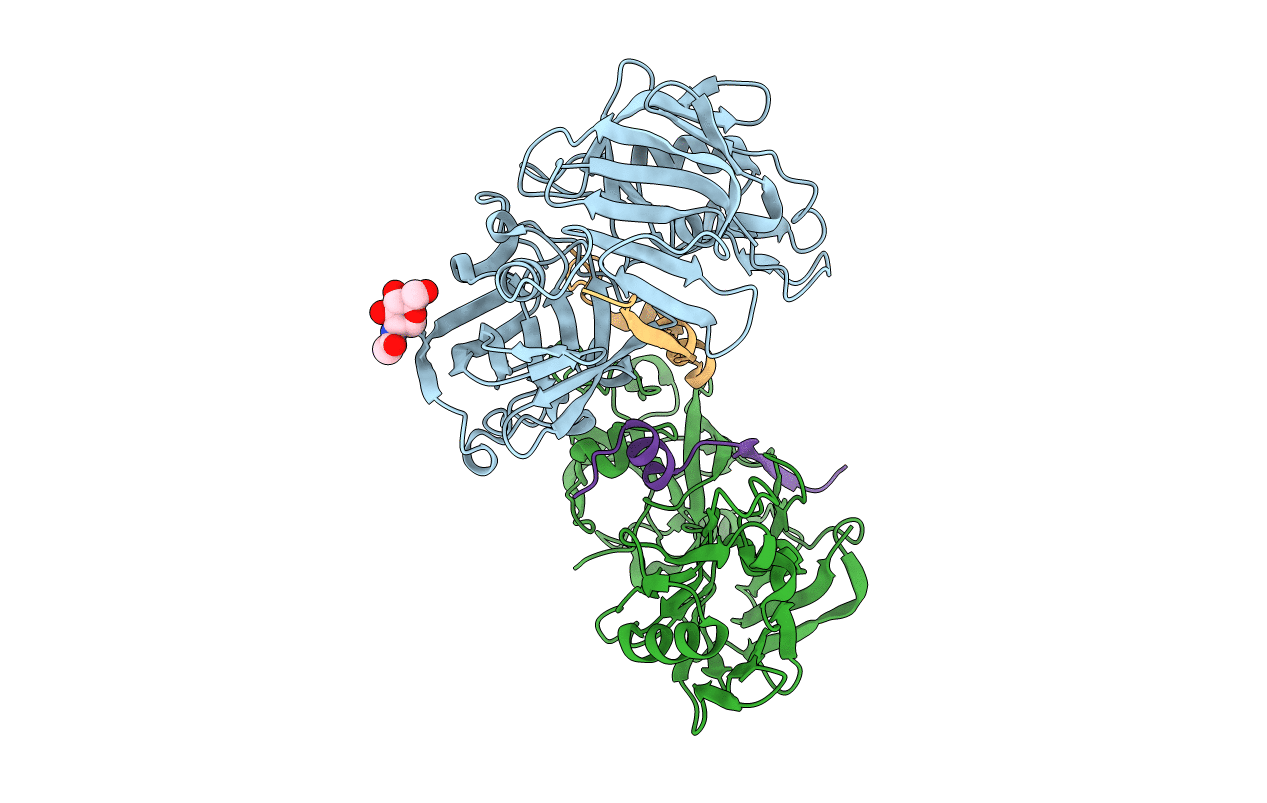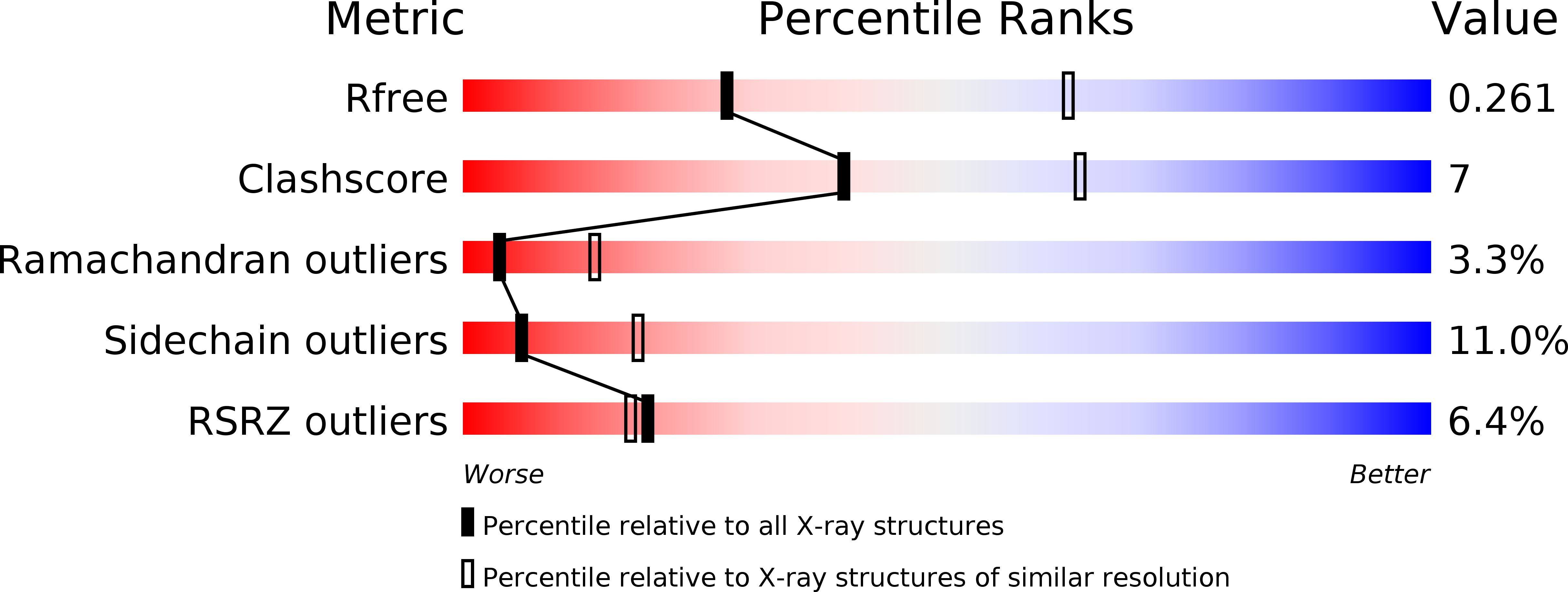
Deposition Date
2012-01-04
Release Date
2012-05-23
Last Version Date
2024-11-06
Method Details:
Experimental Method:
Resolution:
2.93 Å
R-Value Free:
0.24
R-Value Work:
0.21
R-Value Observed:
0.21
Space Group:
P 43 2 2


